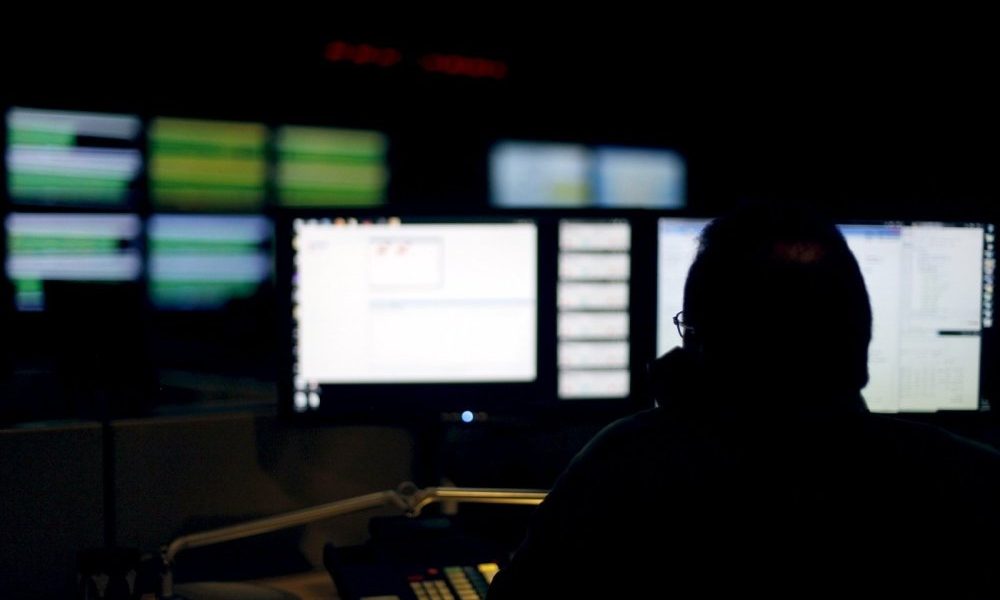 Mike pompeo, America’s secretary of state, had two objectives during his trip to Delhi on June 25th. The first was to affirm India’s importance to America, which envisages a grand Indo-Pacific alliance to counter China. The second was to soothe an increasingly heated row about trade. Achieving the first was easy enough, but the second is proving harder.
Mike pompeo, America’s secretary of state, had two objectives during his trip to Delhi on June 25th. The first was to affirm India’s importance to America, which envisages a grand Indo-Pacific alliance to counter China. The second was to soothe an increasingly heated row about trade. Achieving the first was easy enough, but the second is proving harder.
America and India have bickered about trade for years. India’s average tariff is high, at around 13%. Its bureaucrats are also keen on other barriers to trade, from obscure rules on packaging to prohibitive red-tape on the import of dairy products. But over the past few years Narendra Modi, India’s prime minister, has further inflamed these irritations. His government has increased tariffs on lots of American exports, including telecoms equipment, medical devices and nuts. It has also expanded rules favouring locally made goods in public procurement and has proposed a new law demanding that tech firms store data about Indian customers within India. And last year it abruptly announced rules on e-commerce that seemed to target two American firms, Amazon and Walmart, the latter through its purchase of Flipkart, a fast-growing local e-tailer.
/arc-anglerfish-arc2-prod-mco.s3.amazonaws.com/public/RX23BANJNVHKRIB6MFSMHS64HE.jpg)
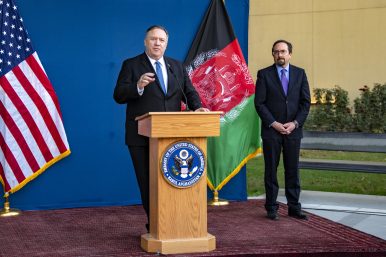




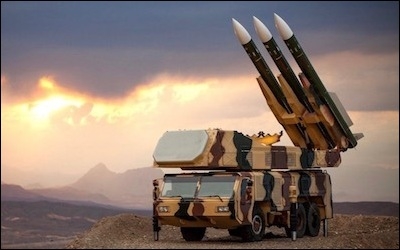
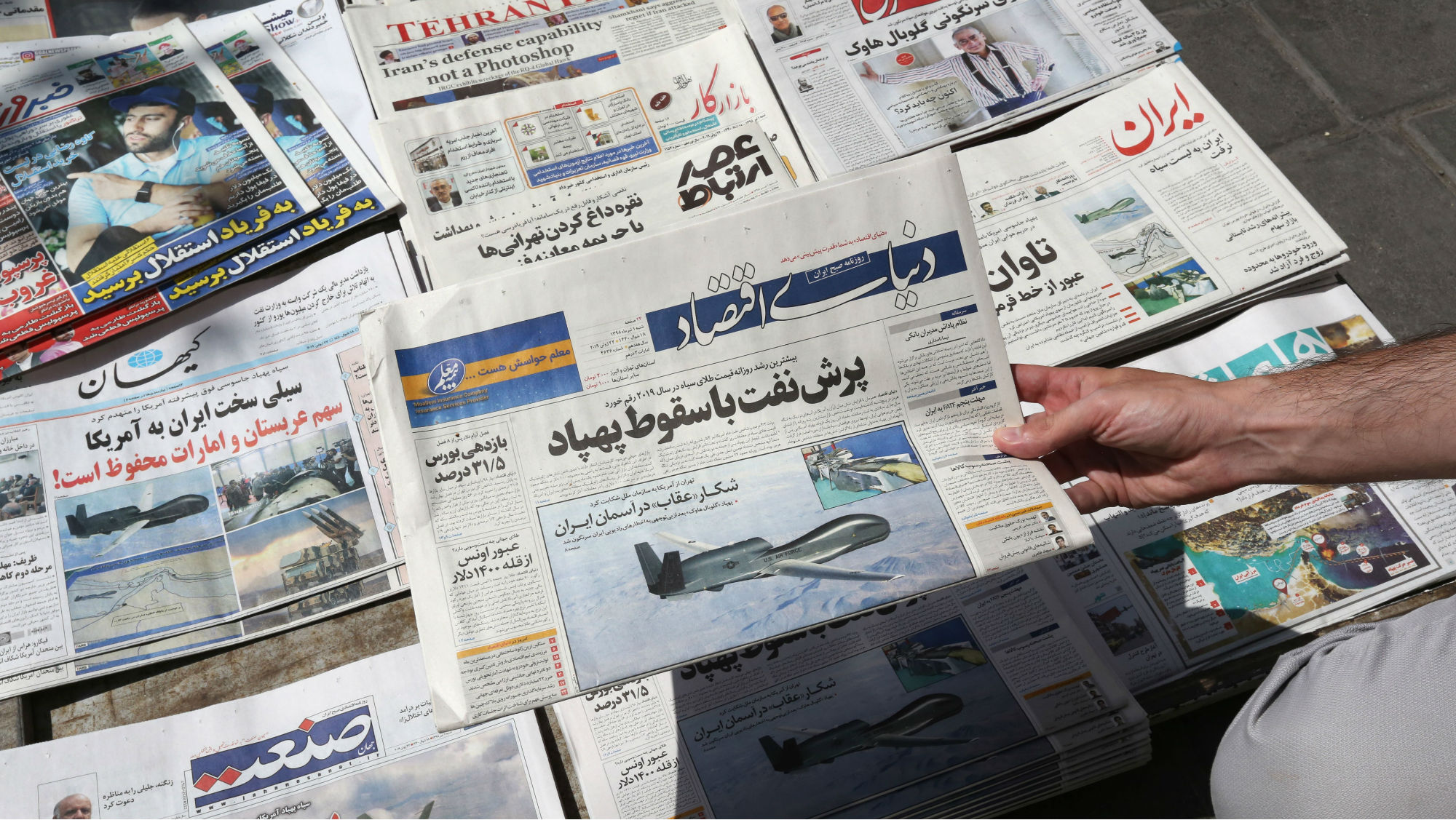



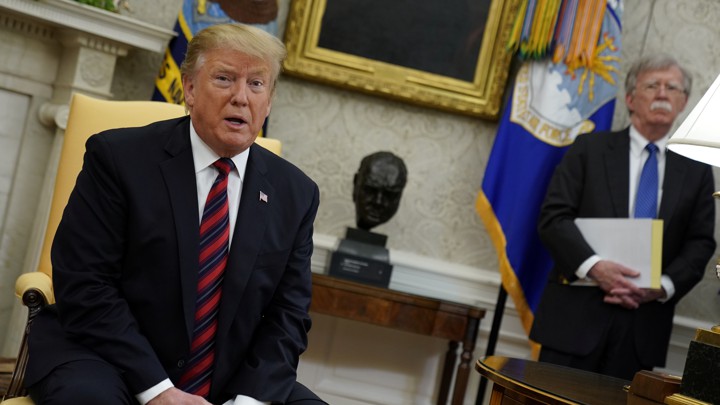





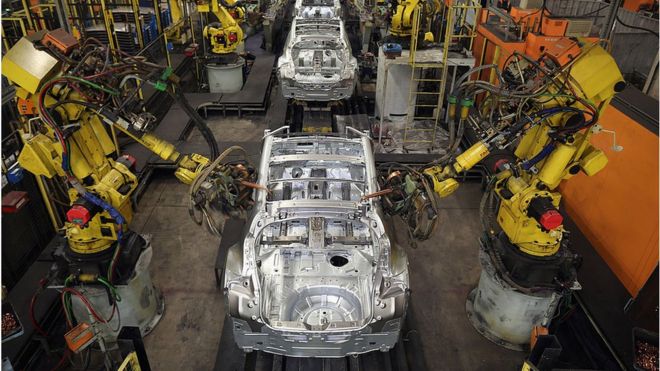


/arc-anglerfish-arc2-prod-mco.s3.amazonaws.com/public/L2FIYX4KRBEA7F2BXF7E465Q6Y.jpg)

